The haunting melodies of the French hunting horn once echoed through the forests surrounding Versailles, carrying with them the opulence and grandeur of an era defined by aristocratic indulgence. These intricate calls were far more than mere signals for the chase; they were a sophisticated auditory language, a sonic cipher that revealed the social hierarchies, political alliances, and even the unspoken tensions of Louis XIV’s court. To understand the hunting horn is to unlock a forgotten dimension of Versailles—one where sound shaped power, and power demanded its own soundtrack.
The hunting horn, or "trompe de chasse," was not merely an instrument but a cultural artifact. Crafted from brass and coiled into its distinctive circular form, it produced a resonant, far-reaching tone that could cut through the dense foliage of royal hunting grounds. Its design was as much about acoustics as it was about spectacle—a nobleman’s horn was often embellished with intricate engravings, a visual testament to his status. The horn’s voice was unmistakable, a clarion call that announced the presence of the elite, transforming the act of hunting into a theatrical performance where every note carried meaning.
In the hands of a skilled horn player, the instrument became a tool of nuance. Specific sequences of notes, known as "fanfares," conveyed precise instructions to hunters, directing them to advance, halt, or change course. But these calls also served a subtler purpose: they reinforced the rigid structure of courtly life. The king’s fanfare, for instance, was distinct from those of his nobles, a sonic reminder of his absolute authority. Even the act of granting a subordinate the right to sound a particular call was a political gesture, a way to confer favor or assert dominance.
The hunt itself was a microcosm of Versailles’ social order. The sprawling forests, meticulously maintained for royal sport, were stage sets where the aristocracy performed their roles. The horn’s calls orchestrated these performances, dictating the rhythm of the chase and, by extension, the rhythm of courtly interaction. A misplaced note or an improperly timed fanfare could disrupt the carefully choreographed spectacle, risking humiliation or worse—a loss of favor. In this way, the hunting horn became an instrument of social control, its melodies enforcing the unspoken rules of hierarchy.
Beyond the hunt, the horn’s influence seeped into the very architecture of Versailles. The palace’s gardens, designed to impress, were also engineered to carry sound. The broad alleys and open groves acted as natural amplifiers, allowing the horn’s calls to travel vast distances. This was no accident; it was a deliberate choice, ensuring that the king’s presence—and his authority—could be heard as well as seen. The horn’s soundscape was as much a part of Versailles’ grandeur as its gilded halls and manicured hedges.
Yet the hunting horn was not without its contradictions. For all its association with control, it also represented a rare moment of freedom for the nobility. The hunt was one of the few occasions where the rigid etiquette of court life relaxed, where the aristocracy could indulge in the primal thrill of the chase. The horn’s calls, so tightly bound to protocol, also carried an undercurrent of wildness, a reminder of the untamed forces that even the Sun King could not fully domesticate.
By the twilight of the 18th century, the hunting horn’s golden age had passed. The Revolution swept away the world it once soundtracked, and the forests of Versailles fell silent. Yet the instrument’s legacy endures, not just in the occasional revival of period music, but in the way it encapsulates the paradoxes of an era. The hunting horn was both a symbol of absolute power and a fleeting escape from it, a sound that defined the very essence of Versailles—its grandeur, its artifice, and its unspoken tensions.
Today, when the horn’s notes are played in historical reenactments or concert halls, they offer a fleeting echo of that lost world. But to truly understand its significance, one must listen beyond the music, to the layers of meaning encoded in every call. The French hunting horn was more than an instrument; it was the sound of power itself, a sonic cipher waiting to be deciphered.

By /Jun 6, 2025

By /Jun 6, 2025
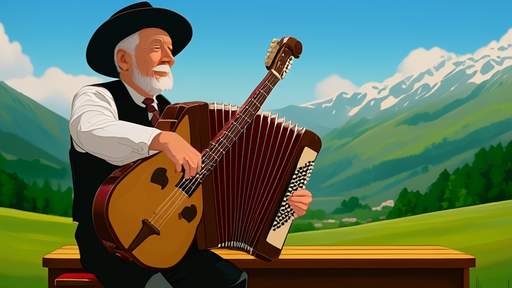
By /Jun 6, 2025

By /Jun 6, 2025

By /Jun 6, 2025
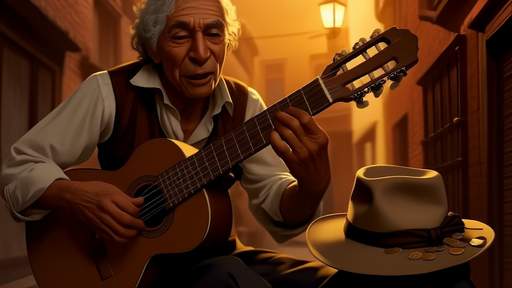
By /Jun 6, 2025
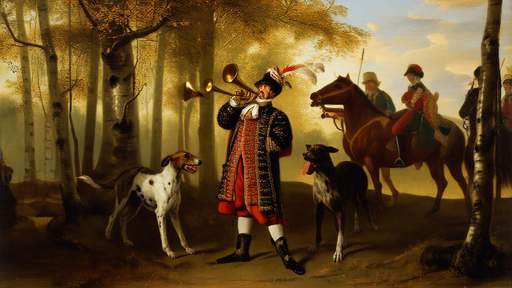
By /Jun 6, 2025

By /Jun 6, 2025

By /Jun 6, 2025
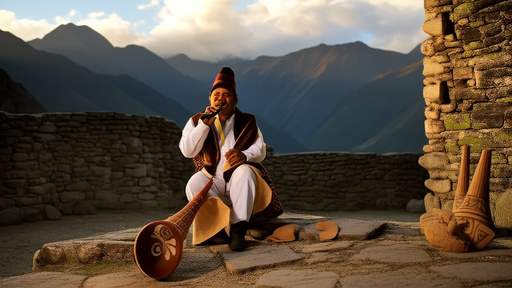
By /Jun 6, 2025

By /Jun 6, 2025

By /Jun 6, 2025

By /Jun 6, 2025

By /Jun 6, 2025
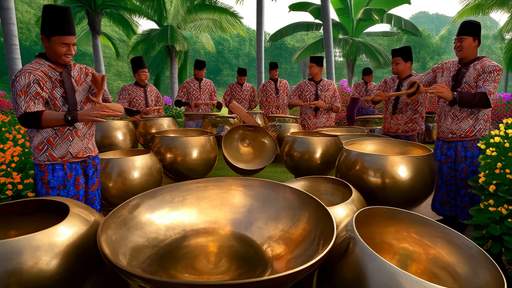
By /Jun 6, 2025
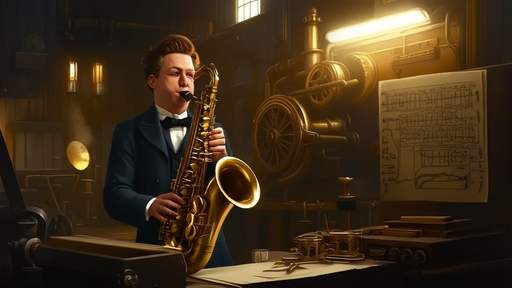
By /Jun 6, 2025
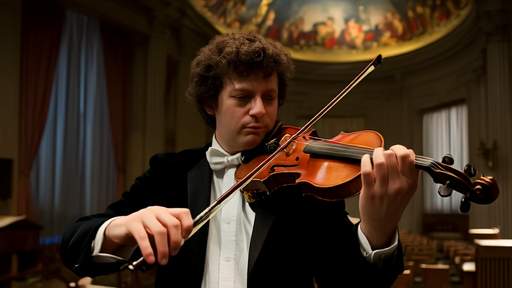
By /Jun 6, 2025

By /Jun 6, 2025

By /Jun 6, 2025
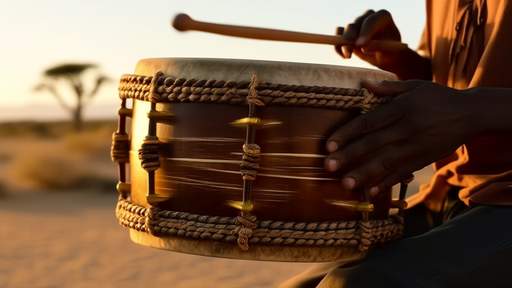
By /Jun 6, 2025